#Cinnamon in India
Explore tagged Tumblr posts
Text

#Aromatic Cinnamon Export#Cinnamon#Dried Cinnamon Supplier#Dried Cinnamon#Cinnamon in India#best green cardamom in India#cardamom grading machine#cardamom benefits#Spices#Indian Masala#Exporter#Supplier#India
0 notes
Text
Cinnamon is rich in vitamin C, potassium, calcium & many other nutrients, it is also a good source of powerful antioxidants. Cinnamon reduces blood pressure, reduces cholesterol, reduces inflammation and speeds up hair growth, also helps manage HIV. It has anti-viral, anti-bacterial, and anti-fungal properties lower blood sugar and reduces the risk of diabetes.
0 notes
Note
Whenever someone says "This would kill a Victorian child." Or "This would kill a medieval peasant." I have to think about Machete. Would he... would he survive eating a Dorito?
.
#I've never had doritos myself so I have no point of reference#I think they sell them here nowadays but it's a fairly new thing and I don't eat a lot of chips#they had spices in the past but they were extremely expensive#I think most of them had to be imported from South/Southeast Asia#India in particular#few could afford such luxury goods but if you could serve people spicy food it was a mark of wealth#so historically a lot of upper class dishes were extra flavorful#potentially to an overpowering degree maybe#it was a status thing#a dorito wouldn't kill him but I've mentioned he secretly tends to favor somewhat bland and unthreatening foods#that won't set off his sensory issues#he'll eat the various nutmeg cinnamon clove saffron ginger creations people serve to him because declining would be a massive faux pas#but it's not an enjoyable experience#answered#anonymous#give him some light broth and a little bit underseasoned chicken to eat with his watered down wine
245 notes
·
View notes
Text



my fav female manipulator
#india eisley#look away#female rage#female hysteria#female manipulator#femcel#feminine urge#hyper feminine#cinnamon girl#dream girl#coquette girl#gaslight gatekeep girlboss#girl interrupted#girl interupted syndrome#girlblog#girlcore#girlrotting#girly stuff#hell is a teenage girl#girly blog#im just a girl#manic pixie dream girl#pinterest girl#just girly things#this is a girlblog#this is what makes us girls#girlblogging#girlhood#girlblogger#lana del ray aesthetic
57 notes
·
View notes
Text

#2014 indie#indie sleaze#india#cinnamon girl#girly stuff#im just a girl#girlblog#hell is a teenage girl#coquette girl#girl interrupted#gaslight gatekeep girlblog#manic pixie dream girl#gaslight gatekeep girlboss
76 notes
·
View notes
Text
[T]he Dutch Republic, like its successor the Kingdom of the Netherlands, [...] throughout the early modern period had an advanced maritime [trading, exports] and (financial) service [banking, insurance] sector. Moreover, Dutch involvement in Atlantic slavery stretched over two and a half centuries. [...] Carefully estimating the scope of all the activities involved in moving, processing and retailing the goods derived from the forced labour performed by the enslaved in the Atlantic world [...] [shows] more clearly in what ways the gains from slavery percolated through the Dutch economy. [...] [This web] connected them [...] to the enslaved in Suriname and other Dutch colonies, as well as in non-Dutch colonies such as Saint Domingue [Haiti], which was one of the main suppliers of slave-produced goods to the Dutch economy until the enslaved revolted in 1791 and brought an end to the trade. [...] A significant part of the eighteenth-century Dutch elite was actively engaged in financing, insuring, organising and enabling the slave system, and drew much wealth from it. [...] [A] staggering 19% (expressed in value) of the Dutch Republic's trade in 1770 consisted of Atlantic slave-produced goods such as sugar, coffee, or indigo [...].
---
One point that deserves considerable emphasis is that [this slave-based Dutch wealth] [...] did not just depend on the increasing output of the Dutch Atlantic slave colonies. By 1770, the Dutch imported over fl.8 million worth of sugar and coffee from French ports. [...] [T]hese [...] routes successfully linked the Dutch trade sector to the massive expansion of slavery in Saint Domingue [the French colony of Haiti], which continued until the early 1790s when the revolution of the enslaved on the French part of that island ended slavery.
Before that time, Dutch sugar mills processed tens of millions of pounds of sugar from the French Caribbean, which were then exported over the Rhine and through the Sound to the German and Eastern European ‘slavery hinterlands’.
---
Coffee and indigo flowed through the Dutch Republic via the same trans-imperial routes, while the Dutch also imported tobacco produced by slaves in the British colonies, [and] gold and tobacco produced [by slaves] in Brazil [...]. The value of all the different components of slave-based trade combined amounted to a sum of fl.57.3 million, more than 23% of all the Dutch trade in 1770. [...] However, trade statistics alone cannot answer the question about the weight of this sector within the economy. [...] 1770 was a peak year for the issuing of new plantation loans [...] [T]he main processing industry that was fully based on slave-produced goods was the Holland-based sugar industry [...]. It has been estimated that in 1770 Amsterdam alone housed 110 refineries, out of a total of 150 refineries in the province of Holland. These processed approximately 50 million pounds of raw sugar per year, employing over 4,000 workers. [...] [I]n the four decades from 1738 to 1779, the slave-based contribution to GDP alone grew by fl.20.5 million, thus contributing almost 40% of all growth generated in the economy of Holland in this period. [...]
---
These [slave-based Dutch commodity] chains ran from [the plantation itself, through maritime trade, through commodity processing sites like sugar refineries, through export of these goods] [...] and from there to European metropoles and hinterlands that in the eighteenth century became mass consumers of slave-produced goods such as sugar and coffee. These chains tied the Dutch economy to slave-based production in Suriname and other Dutch colonies, but also to the plantation complexes of other European powers, most crucially the French in Saint Domingue [Haiti], as the Dutch became major importers and processers of French coffee and sugar that they then redistributed to Northern and Central Europe. [...]
The explosive growth of production on slave plantations in the Dutch Guianas, combined with the international boom in coffee and sugar consumption, ensured that consistently high proportions (19% in 1770) of commodities entering and exiting Dutch harbors were produced on Atlantic slave plantations. [...] The Dutch economy profited from this Atlantic boom both as direct supplier of slave-produced goods [from slave plantations in the Dutch Guianas, from Dutch processing of sugar from slave plantations in French Haiti] and as intermediary [physically exporting sugar and coffee] between the Atlantic slave complexes of other European powers and the Northern and Central European hinterland.
---
Text above by: Pepijn Brandon and Ulbe Bosma. "Slavery and the Dutch economy, 1750-1800". Slavery & Abolition Volume 42, Issue 1. 2021. [Text within brackets added by me for clarity. Bold emphasis and some paragraph breaks/contractions added by me. Presented here for commentary, teaching, criticism purposes.]
#abolition#these authors lead by pointing out there is general lack of discussion on which metrics or data to use to demonstrate#extent of slaverys contribution to dutch metropolitan wealth when compared to extensive research#on how british slavery profits established infrastructure textiles banking and industrialisation at home domestically in england#so that rather than only considering direct blatant dutch slavery in guiana caribbean etc must also look at metropolitan business in europe#in this same issue another similar article looks at specifically dutch exporting of slave based coffee#and the previously unheralded importance of the dutch export businesses to establishing coffee mass consumption in europe#via shipment to germany#which ties the expansion of french haiti slavery to dutch businesses acting as intermediary by popularizing coffee in europe#which invokes the concept mentioned here as slavery hinterlands#and this just atlantic lets not forget dutch wealth from east india company and cinnamon and srilanka etc#and then in following decades the immense dutch wealth and power in java#tidalectics#caribbean#archipelagic thinking#carceral geography#ecologies#intimacies of four continents#indigenous#sacrifice zones#slavery hinterlands#european coffee#indigenous pedagogies#black methodologies
26 notes
·
View notes
Text



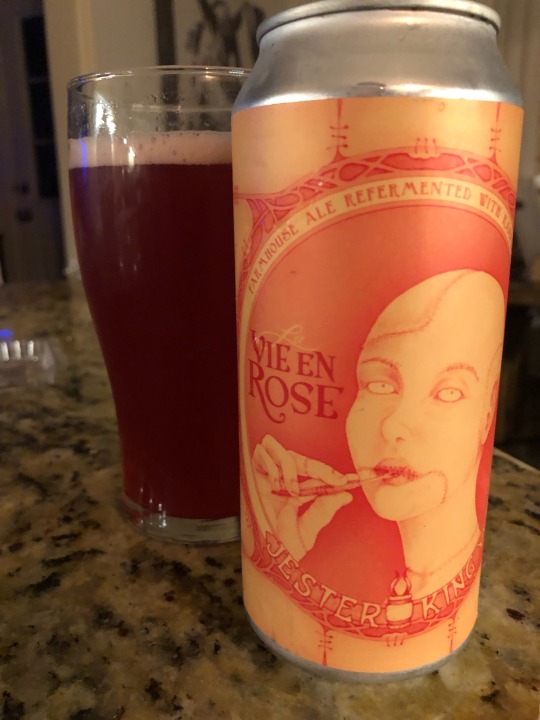
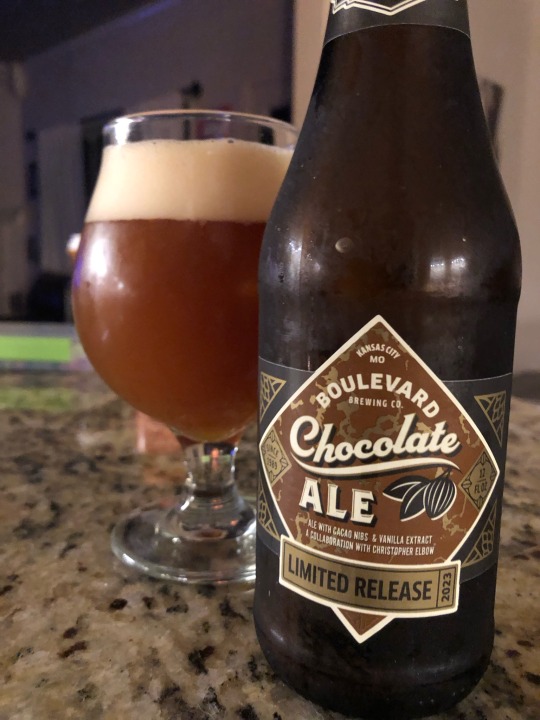
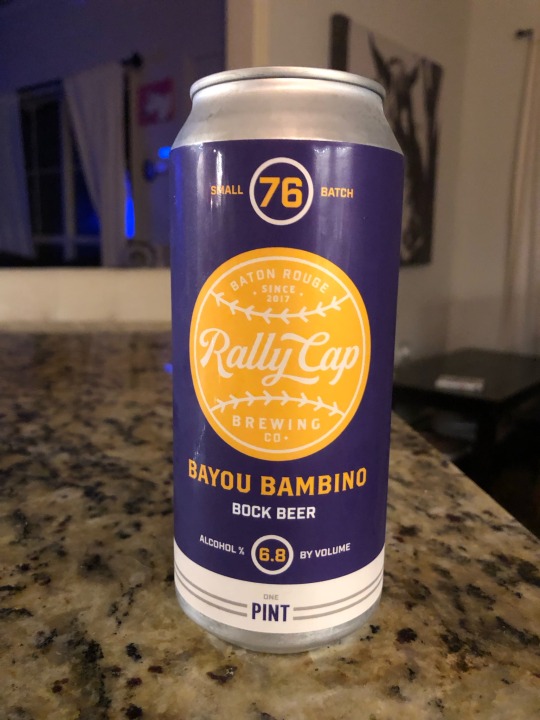
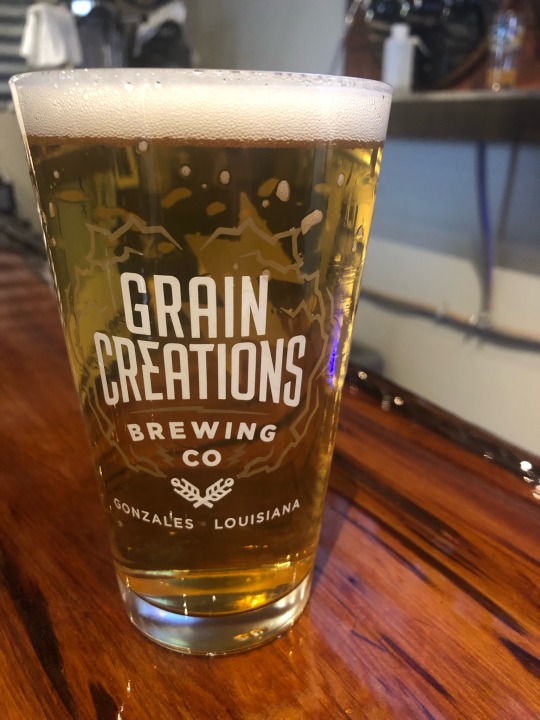
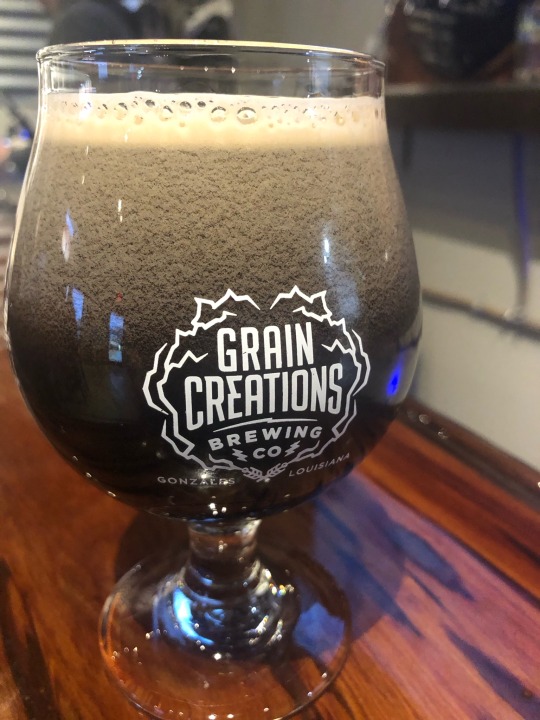

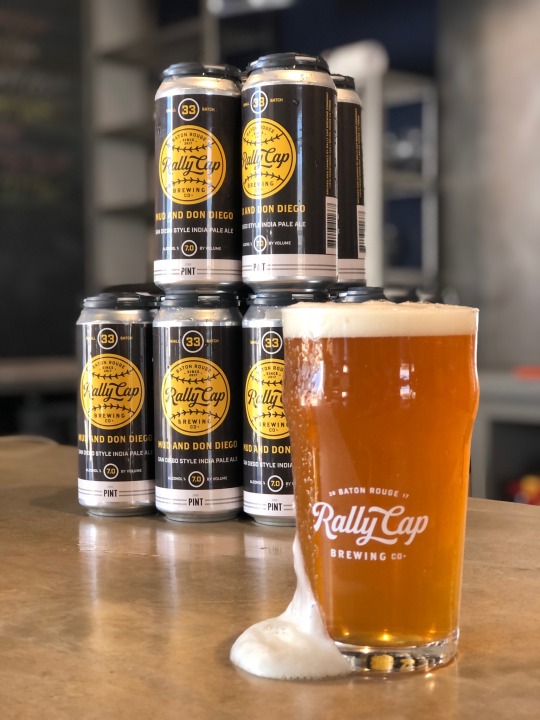
Gypsy Rose and Cinnamon Rolls! Some good stuff from Austraila and local Baton Rouge beer!
#beer#drunk#craft beer#craftbeer#ipa#stout#ale#india pale ale#louisiana#imperial stout#gypsy rose blanchard#cinnamon rolls#rally cap#baton rouge#grain creations#Gilla
3 notes
·
View notes
Text

#Aromatic Whole Cinnamon#Cinnamon#Whole Cinnamon#Dried Whole Cinnamon#Aromatic Cinnamon#Whole Cinnamon Exporter#Aromatic Cinnamon Exporter#Cinnamon Exporter#Warm spice#Exporter#India
0 notes
Text
Top Cinnamon Honey Manufacturer & Supplier: Molten Gold

Cinnamon and honey—two superfoods that have been cherished for their health benefits for centuries. When these two powerful ingredients are combined, the result is a delicious and nutritious product that supports overall well-being. Molten Gold, one of the top manufacturers and suppliers of cinnamon honey, brings this exquisite blend to your table. With their dedication to quality and natural ingredients, Molten Gold has become a trusted name in the honey industry worldwide. Let’s explore what makes Molten Gold the best choice for cinnamon honey and how this product can enrich your life.
Why Molten Gold Is the Leading Cinnamon Honey Manufacturer
Molten Gold stands out in the industry for its commitment to purity, taste, and quality. As one of the top cinnamon honey manufacturers, the company focuses on sourcing the finest natural honey and premium cinnamon to create a rich, flavorful product. Here’s why Molten Gold is trusted globally:
Pure, Natural Ingredients: At Molten Gold, only the highest quality honey is used, sourced directly from sustainable apiaries. The cinnamon added to their honey is equally natural, ensuring a blend that’s free from additives or artificial flavors.
State-of-the-Art Manufacturing: With cutting-edge facilities and stringent quality control processes, Molten Gold ensures that every jar of cinnamon honey meets global standards. From processing to packaging, each step is designed to preserve the honey’s nutrients and taste.
Sustainable and Ethical Practices: Molten Gold emphasizes eco-friendly and ethical sourcing practices, ensuring that both honey bees and the environment are protected. This commitment to sustainability makes their products healthier and more responsible.
Versatile and Nutritious: Molten Gold’s cinnamon honey isn’t just delicious—it’s packed with health benefits. Cinnamon is known for its anti-inflammatory properties, while honey boosts immunity and aids digestion. Together, they form a powerful superfood that can be used in a variety of dishes.
Health Benefits of Cinnamon Honey
Cinnamon honey has a multitude of benefits that make it a staple in health-conscious diets. Here are a few reasons why incorporating Molten Gold’s cinnamon honey into your daily routine can be beneficial:
Boosts Immunity: Honey is rich in antioxidants, and when combined with cinnamon, it can strengthen the immune system, helping to ward off infections and diseases.
Aids Digestion: Both honey and cinnamon are known to aid in digestion, reducing bloating and improving gut health.
Supports Heart Health: Cinnamon honey can help lower cholesterol and improve blood circulation, promoting heart health.
Natural Sweetener: Cinnamon honey is a healthier alternative to refined sugar. It adds a sweet, spicy flavor to your dishes without the negative effects of processed sugar.
Uses of Cinnamon Honey
Molten Gold’s cinnamon honey is versatile and can be used in numerous ways:
As a spread on toast or pancakes for a nutritious breakfast.
In tea or coffee as a natural sweetener.
In cooking and baking, adding flavor to your favorite dishes and desserts.
As a topping for yogurt, oatmeal, or smoothies.
Why Choose Molten Gold
By choosing Molten Gold, you are not only opting for high-quality cinnamon honey but also supporting sustainable practices and a healthier lifestyle. Their honey is rich in flavor, packed with nutrients, and produced with care and responsibility.
Molten Gold has established itself as a top manufacturer and supplier of cinnamon honey, delivering products that meet the highest standards in the industry. Whether you’re looking for a healthier sweetener or a nutrient-rich addition to your meals, Molten Gold’s cinnamon honey is the perfect choice.
Experience the golden goodness of Molten Gold’s cinnamon honey today!
#Best cinnamon honey manufacturer in India#Top supplier of cinnamon honey worldwide#Premium cinnamon honey for immune support#Molten Gold natural cinnamon honey benefits#Cinnamon honey for heart health by Molten Gold#Organic cinnamon honey supplier in India#Molten Gold cinnamon honey for digestion#Best cinnamon-infused honey manufacturer#Top cinnamon honey exporter from India#Cinnamon honey with no additives or preservatives#Health benefits of cinnamon honey from Molten Gold#Cinnamon honey for natural sweetener alternatives#Pure cinnamon honey for gut health#Sustainable cinnamon honey production by Molten Gold#Cinnamon honey for weight management and metabolism
0 notes
Text

0 notes
Text

People assume she’s a newcomer, a fad, a frivolous flash in the pan. But she was there when the first pumpkin pies were being baked; she was there when the first colonist cookbook was published, in 1769. She was there when the British raided the rest of the world for flavors they could steal, and while her appearance may be sweet and adorable, her hooves are soaked in the blood of empire, for without conquest, she could never have been born.
But people, unwilling to consider the structure beneath the surface, look at her and see only big eyes, a flowing mane, a coat as soft as silk and as dark as midnight, and they mock her adherents, call them “basic” as if anything could be considered truly basic when it had been built through so many crimes.
Every piece of her was stolen. Every pinch and particle was the subject of a terrible war. The price of cinnamon is slaughter. The fee for nutmeg is subjugation. And now we serve her sacraments with whipped cream and sugar sprinkles, as if both those things had not also been stolen at some point, as if a foamy cloud could somehow clean the blood from those long lashes.
In these modern days, her most common manifestation is blended with sweet cream and coffee—a drink that has many gods of its own, that has sparked even more wars than her cinnamon pungency. But for most of her time, she has been carried in the pie.
Pumpkin pie. The ultimate jewel in the crown of colonialism. Cooking techniques from Europe, spices stolen from India, Asia, and the Middle East, and a vegetable crown taken from the Americas, sliced and mashed and mixed until its wildness is lost, subsumed into custardy blandness, become one with the melting pot.
She’s not a newcomer. And she’s not nice, either, and so few of those who worship her understand, anymore, that she’s not a god of whimsy or basic delights.
She is, now and always, a god of war.
423 notes
·
View notes
Text
#Aromatic Cinnamon Export#Cinnamon#Dried Cinnamon Supplier#Dried Cinnamon#Cinnamon in India#best green cardamom in India#cardamom grading machine#cardamom benefits#Spices#Indian Masala#Exporter#Supplier#India
0 notes
Text











Kapadiya Expo Company is the one of the most rising Manufacturer, supplier and exporter of spices, herbal products, fresh fruits & vegetables, dehydrated fruits & vegetables, pluses & grains though the world. Contact us now for agro related products.
#spices manufacturer & exporter#spice exporter india#herbs manufacturer & exporter#Red Chili exporter from india#herbal products exporter from india#Turmeric exporter from india#Coriander Seed exporter from india#Cardamom exporter from india#Cinnamon exporter from india#Clove exporter from india#Fenugreek exporter from india#Star anise exporter from india#Black pepper exporter from india#White pepper exporter from india#Ginger exporter from india#Fennel seed exporter from india#Nutmeg exporter from india#Tamarind exporter from india#Celery seed exporter from india#Mustard seed exporter from india#Curry powder exporter from india#Asafoetida exporter from india#Saffron exporter from india#Bay leaves exporter from india#Mace exporter from india#Ajwain exporter from india#Dill Sheeds exporter from india#Rosemary exporter from india
0 notes
Note
do you have any bitterns?
they're craaazy lookin
DO I HAVE BITTERNS?!?!
Have a look...

Black Bittern (Ixobrychus flavicollis), family Ardeidae, order Pelicaniformes, Warriewood Wetlands, New South Wales, Australia
photograph by JJ Harrison

Least Bittern (Ixobrychus exilis), family Ardeidae, East coast of the United States
photograph by Hannah Meddaugh

Cinnamon Bittern (Ixobrychus cinnamomeus), family Ardeidae, Gujirat, India
photograph by Hardik Joshi

Yellow Bittern (Ixobrychus sinensis), family Ardeidae, order Pelicaniformes, Orisa, India
photograph by Chanchal Kumar Banerjee

Eurasian Bittern or Great Bittern (Botaurus stellaris), family Ardeidae, order Pelicaniformes, Italy
photograph by Davide Diana

Little Bittern (Ixobrychus minutus), doin a big stretchy and a nice neck puff, family Ardeidae, order Pelicaniformes, Italy
photograph by Davide Diana

Black Bittern (Ixobrychus flavicollis), family Ardeidae, order Pelicaniformes, Tuggerah, NSW, Australia
photograph by Cary Lewis
612 notes
·
View notes
Text
Writing Reference: Food History
B.C.
10,000 - almonds, cherries, bread, flour, soup
8,000 - wheat ⚜ 7,000 - wine, beer, pistachios, pig, goat, sheep, lard
6,500 - cattle domestication, apples ⚜ 6,000 - tortilla, dates, maize
5,000 - honey, ginger, quinoa, avocados, potatoes, milk, yogurt
4,000 - focaccia, watermelons, grapes, pomegranates
3,200 - chicken domestication ⚜ 3,000 - butter, onion, garlic, apricots
2,737 - tea ⚜ 2,500 - olive oil, seaweed, duck ⚜ 2,300 - saffron
2,000 - peaches, liquorice, marshmallow, pasta, ham, sesame seeds
1,500 - chocolate, vanilla ⚜ 1,200 - sugar ⚜ 1,000 - mangoes, oats, pickles
900 - pears, tomatoes ⚜ 700 - cinnamon ⚜ 600 - bananas, poppy seeds
500 - artichokes ⚜ 400 - pastries, appetizers, vinegar
300 - parsley ⚜ 200 - turkeys, asparagus, rhubarb ⚜ 65 - quince
1st—13th Century
1st Century - chestnuts, lobster, crab, shrimp, truffles, blueberries, raspberries, capers, kale, blood (as food), fried chicken, foie gras, French toast, omelettes, rice pudding, flan, cheesecake, pears in syrup
3rd Century - lemons ⚜ 5th - pretzels ⚜ 6th - eggplant
7th Century - spinach, kimchi ⚜ 9th - coffee, nutmeg
10th Century - flower waters, Peking duck, shark's fin soup
11th Century - baklava, corned beef, cider, lychees, seitan
12th Century - breadfruit, artichokes, gooseberries
13th Century - ravioli, lasagne, mozzarella, pancakes, waffles, couscous
14th—19th Century
14th Century - kebabs, moon cakes, guacamole, pie, apple pie, crumpets, gingerbread
15th Century - coconuts, Japanese sushi and sashimi, pineapples, marmalade, risotto, marzipan, doughnuts, hot dogs
16th Century - pecans, cashews (in India), Japanese tempura, vanilla (in Europe), fruit leather, skim milk, sweetbreads, salsa, quiche, teriyaki chicken, English trifle, potato salad
17th Century - treacle, pralines, coffee cake, modern ice cream, maple sugar, rum, French onion soup, cream puffs, bagels, pumpkin pie, lemonade, croissants, lemon meringue pie
18th Century - root beer, tapioca, French fries, ketchup, casseroles, mayonnaise, eggnog, soda water, lollipops, sangria, muffins, crackers, chowder, croquettes, cupcakes, sandwiches, apple butter, souffle, deviled eggs
19th Century - toffee, butterscotch, cocoa, Turkish delight, iodized salt, vanilla extract, modern marshmallows, potato chips, fish and chips, breakfast cereal, Tabasco sauce, Kobe beef, margarine, unsalted butter, Graham crackers, fondant, passionfruit, saltwater taffy, milkshakes, pizza, peanut butter, tea bags, cotton candy, jelly beans, candy corn, elbow macaroni, fondue, wedding cake, canapes, gumbo, ginger ale, carrot cake, bouillabaisse, cobbler, peanut brittle, pesto, baked Alaska, iced tea, fruit salad, fudge, eggs Benedict, Waldorf salad
20th Century
1901 - peanut butter and jelly ⚜ 1904 - banana splits ⚜ 1905 - NY pizza
1906 - brownies, onion rings ⚜ 1907 - aioli
1908 - Steak Diane, buttercream frosting ⚜ 1909 - shrimp cocktail
1910 - Jell-O (America's most famous dessert)
1910s - orange juice ⚜ 1912 - Oreos, maraschino cherries, fortune cookies
1912 - Chicken a la King, Thousand Island dressing
1914 - Fettuccine Alfredo ⚜ 1915 - hush puppies
1917 - marshmallow fluff ⚜ 1921 - Wonder Bread, zucchini
1919 - chocolate truffles ⚜ 1922 - Vegemite, Girl Scout cookies
1923 - popsicles ⚜ 1924 - frozen foods, pineapple upside-down cake, Caesar salad, chocolate-covered potato chips
1927 - Kool-Aid, s'mores, mayonnaise cake ⚜ 1929 - Twizzlers
1930s - Pavlova cakes, Philly cheese steak, Pigs in blankets, margaritas, banana bread, Cajun fried turkey ⚜ 1931 - souffle, refrigerator pie
1933 - chocolate covered pretzels ⚜ 1936 - no-bake cookies
1937 - Reubens, chicken Kiev, SPAM, Krispy Kreme
1938 - chicken and waffles ⚜ 1939 - seedless watermelon
1941 - Rice Krispies treats, Monte Cristo sandwiches ⚜ 1943 - nachos
1946 - chicken burgers, tuna melts, Nutella ⚜ 1947- chiffon cake
1950s - chicken parm, Irish coffee, cappuccino, smoothies, frozen pizza, diet soda, TV Dinners, ranch dressing ⚜ 1951 - bananas foster
1953 - coronation chicken ⚜ 1956 - German chocolate cake, panini
1957 - Quebec Poutine ⚜ 1958 - Instant ramen noodles, crab rangoon, lemon bars ⚜ 1960s - beef Wellington, green eggs and ham, red velvet cake
1963 - black forest cake ⚜ 1964 - Belgian waffles, Pop Tarts, Buffalo wings, ants on a log, pita bread ⚜ 1965 - Gatorade, Slurpees
1966 - chocolate fondue ⚜ 1967 - high fructose corn syrup
1970s - California rolls, pasta primavera, tiramisu ⚜ 1971 - fajitas
1975 - hicken tikka masala ⚜ 1980 - turducken
1980s - Panko, portobello mushrooms, bubble tea, chicken nuggets, Sriracha, Red Bull energy drink, everything bagels
1990s - artisan breads, Jamaican jerk ⚜ 1991 - turkey bacon, chocolate molten lava cake, earthquake cake ⚜ 1993 - broccolini
1995 - Tofurkey ⚜ 1997 - grape tomatoes
21st Century
2002 - flat iron steak, tear-free onions ⚜ 2007 - Kool-Aid pickles, cake pops
2008 - Mexican funnel cake ⚜ 2013 - cronuts, test tube burgers
Source ⚜ Writing Notes & References ⚜ Writing Resources PDFs
#food#writing reference#writeblr#dark academia#spilled ink#literature#writers on tumblr#writing prompt#studyblr#poetry#poets on tumblr#light academia#writing inspiration#creative writing#writing inspo#food history#writing ideas#writing resources#history
397 notes
·
View notes
Text

#india#indie sleaze#2014 indie#cinnamon girl#girly stuff#im just a girl#girlblog#hell is a teenage girl#coquette girl#girl interrupted#gaslight gatekeep girlblog#manic pixie dream girl#gaslight gatekeep girlboss#lana stan#girly blog#girlcore#kesha#kesha’s looking for a ‘sugar daddy’ after being dumped for first time in her life
78 notes
·
View notes